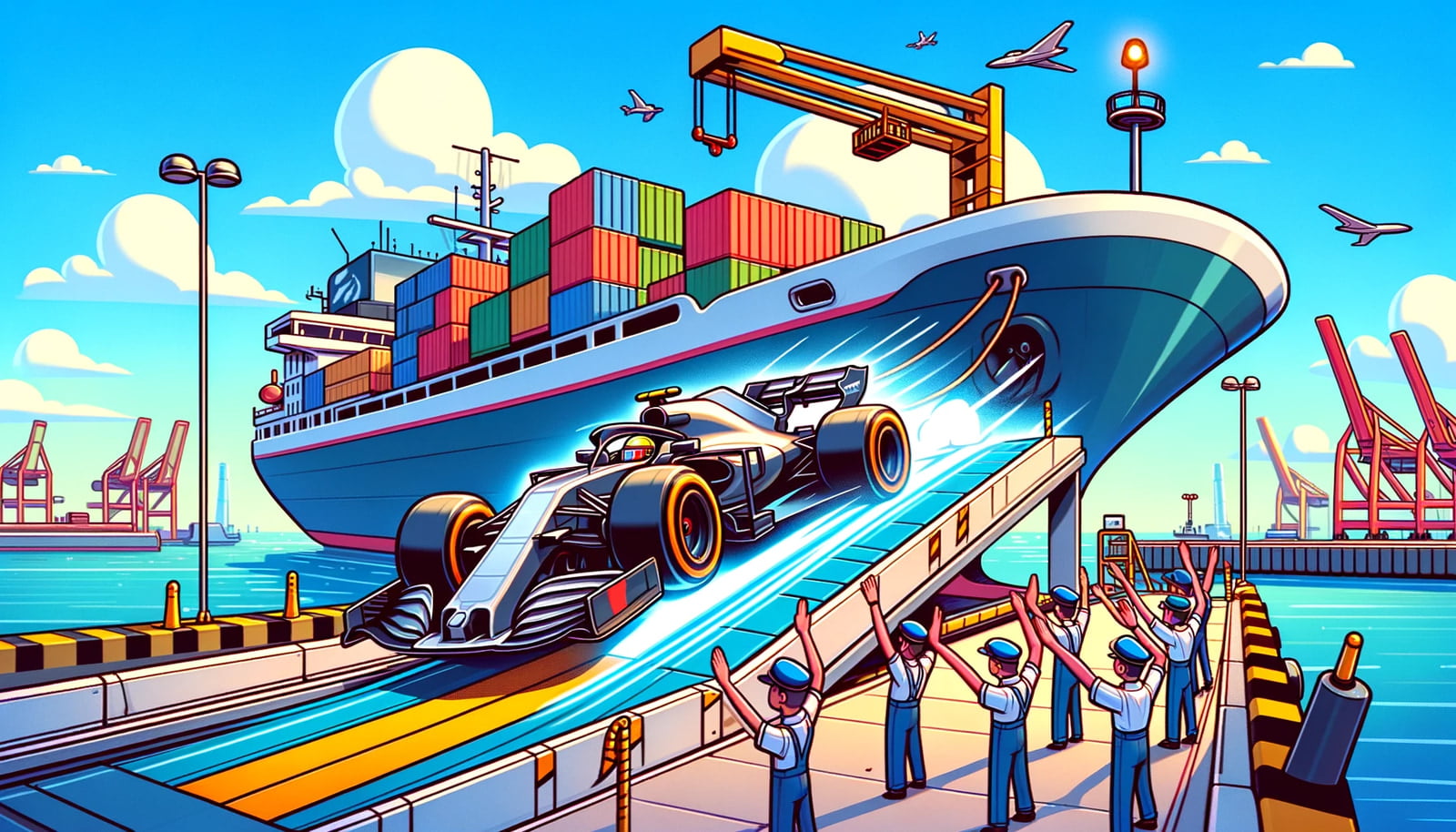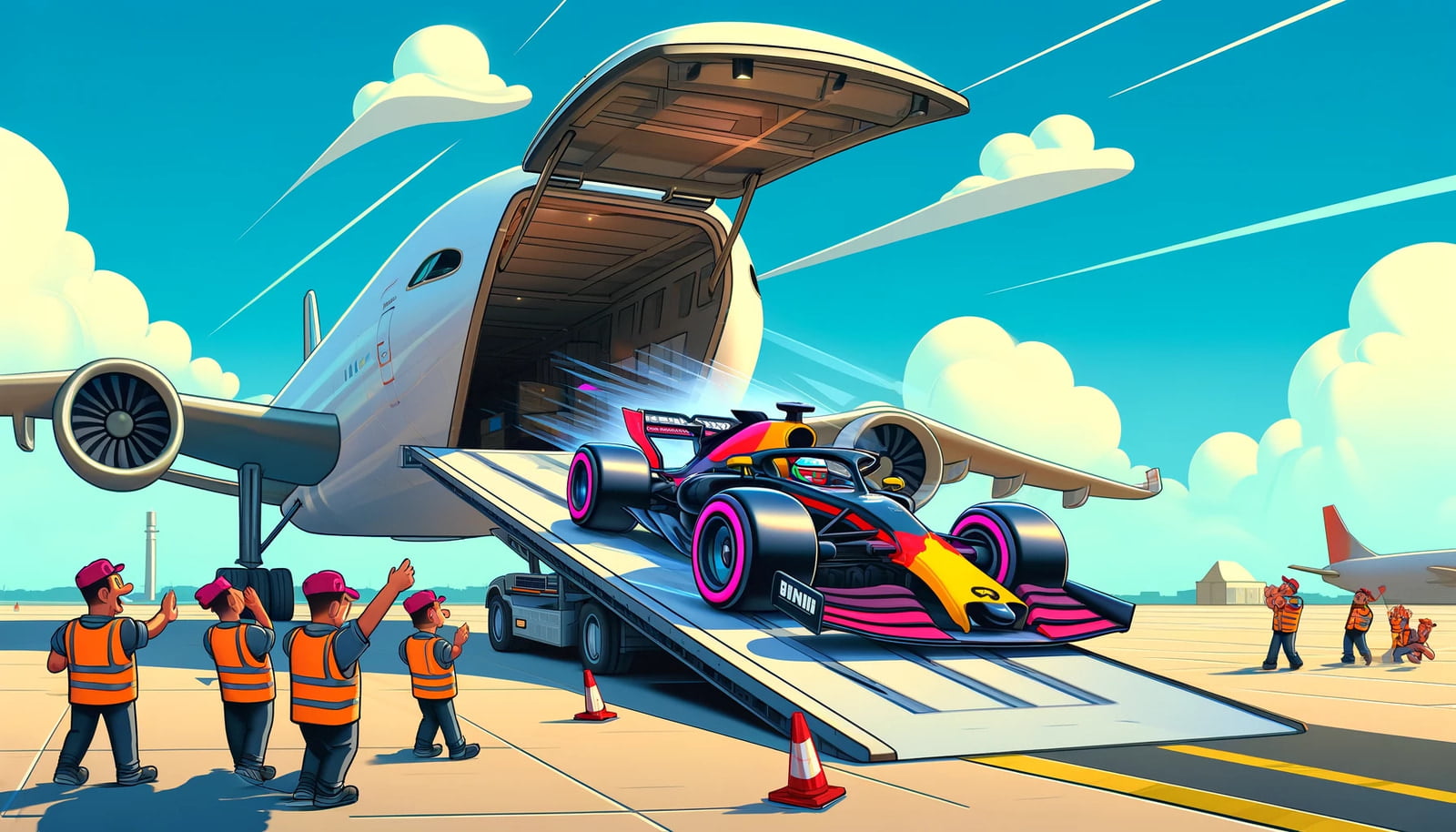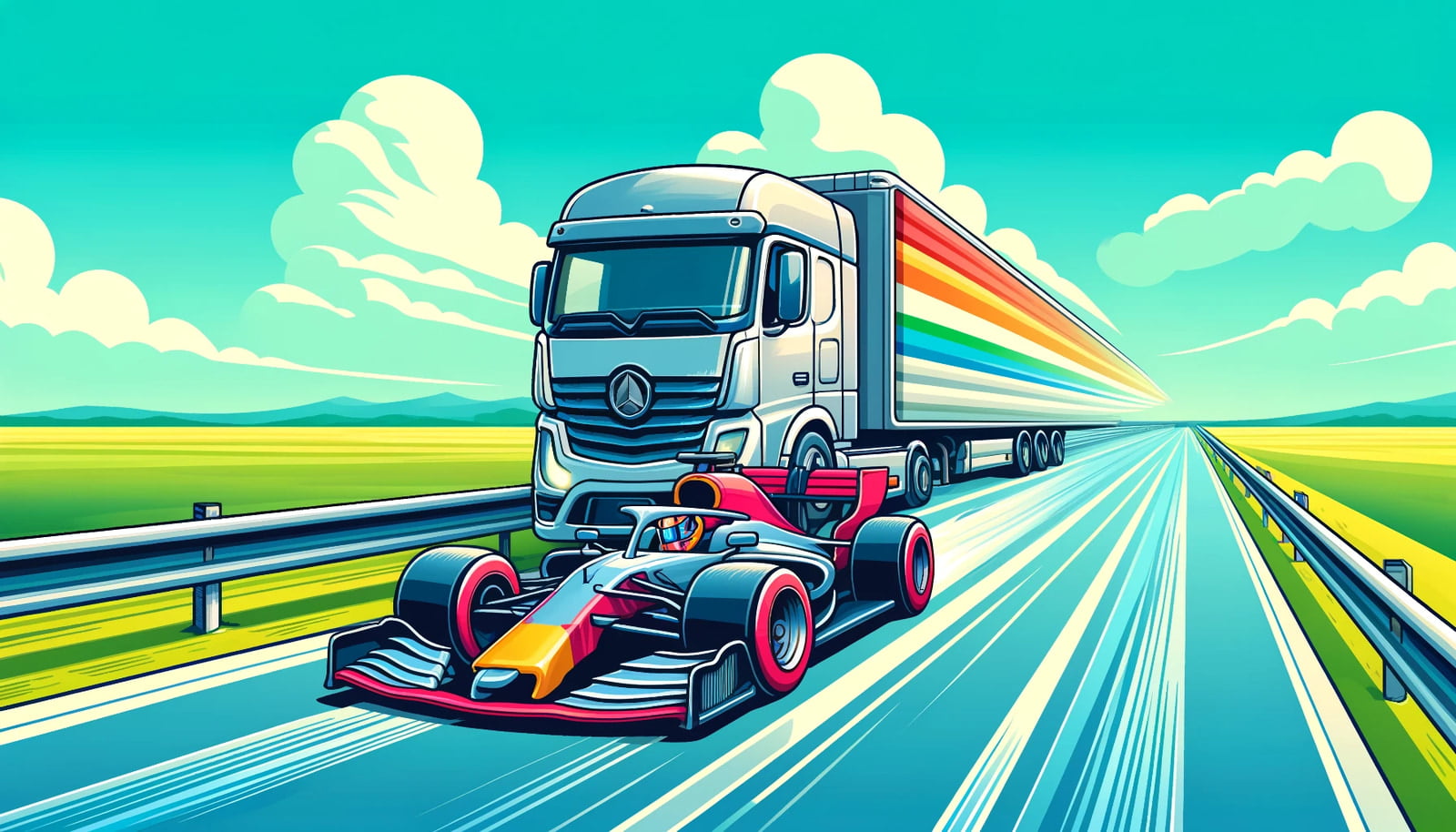
Formula 1, often considered the pinnacle of motorsport, is renowned for its high-speed thrills, cutting-edge technology, and global appeal. However, behind the scenes, a less glamorous yet equally critical aspect is the logistics involved in moving the entire circus from one location to another. Transporting the cars, equipment, and personnel across continents is a massive undertaking that requires meticulous planning and precision. This article delves into the complex logistics of Formula 1, focusing on the movement of the cars.
The Challenge of a Worldwide Calendar.
The F1 calendar is a global spectacle, spanning five continents and numerous countries within a season that typically runs from March to December. This global reach presents a logistical challenge: how to move cars and equipment seamlessly from one venue to the next, often with just a week between races.
Planning and Coordination.
Planning for the logistics of F1 starts long before the season begins. Teams and organizers work closely with specialized logistics companies to map out the most efficient routes and methods for transporting the cars and equipment. This planning involves:
- Route Optimization: Determining the fastest and most cost-effective routes between race locations.
- Customs and Regulations: Navigating the complex customs requirements of different countries to ensure smooth entry and exit of equipment.
- Scheduling: Coordinating the timing of shipments to align with the race calendar and ensure everything arrives on time.

Methods of Transportation.
Air Freight.
Air freight is the primary method for transporting F1 cars and essential equipment, especially for long-haul flights between continents. Chartering cargo planes, often Boeing 747s or Antonov An-124s, allows teams to move their precious cargo swiftly and securely. Each plane can carry multiple cars, spare parts, and essential equipment.
- Packing and Crating: Cars are partially disassembled, with wings, noses, and wheels removed and packed in custom crates. This not only maximizes space but also ensures that each component is protected during transit.
- Rapid Deployment: Upon arrival, the cars and equipment are quickly offloaded, and teams get to work reassembling and preparing the cars for the track.
Sea Freight.
For races that are geographically closer together or during the off-season, sea freight is a more economical option. While slower than air transport, it is ideal for moving bulkier and less time-sensitive equipment.
- Containerization: Equipment is packed into standard shipping containers, which are then loaded onto cargo ships. This method is slower but significantly cheaper than air freight.
- Lead Time: Sea freight requires careful planning to account for the longer transit times, ensuring that everything arrives well in advance of the race weekend.
Road Transport.
For European races, road transport plays a significant role. Teams use convoys of articulated lorries, each customized to carry cars, equipment, and even mobile workshops.
- Flexibility: Road transport offers flexibility and control, allowing teams to move equipment directly between their headquarters and race locations.
- Efficiency: With multiple races in close proximity, road transport allows for efficient and timely movements, reducing reliance on air or sea freight.

The Logistics Team: Unsung Heroes.
Specialized Personnel.
Behind every successful race weekend is a dedicated team of logistics experts. These individuals are responsible for the planning, execution, and troubleshooting of all transportation activities. Their roles include:
- Logistics Managers: Oversee the entire operation, ensuring everything runs smoothly.
- Customs Specialists: Handle the complex paperwork and regulations involved in moving equipment across international borders.
- Transport Coordinators: Manage the day-to-day movement of equipment, liaising with transport providers and ensuring timely deliveries.
Modern logistics in F1 leverages cutting-edge technology to enhance efficiency and accuracy. This includes:
- Tracking Systems: Real-time tracking of shipments to monitor their progress and anticipate any delays.
- Data Analytics: Using data to optimize routes, reduce costs, and improve overall logistics performance.
- Sustainability Initiatives: Implementing green logistics practices, such as carbon offsetting and using more fuel-efficient transport methods, to reduce the environmental impact of F1’s global travel.
The logistics of Formula 1 are as fast-paced and high-stakes as the races themselves. Moving cars and equipment around the world with such precision and efficiency is a monumental task that requires meticulous planning, specialized expertise, and cutting-edge technology. As the sport continues to evolve, so too will the logistics strategies that underpin this global phenomenon, ensuring that F1 remains at the forefront of both motorsport and logistics innovation.


